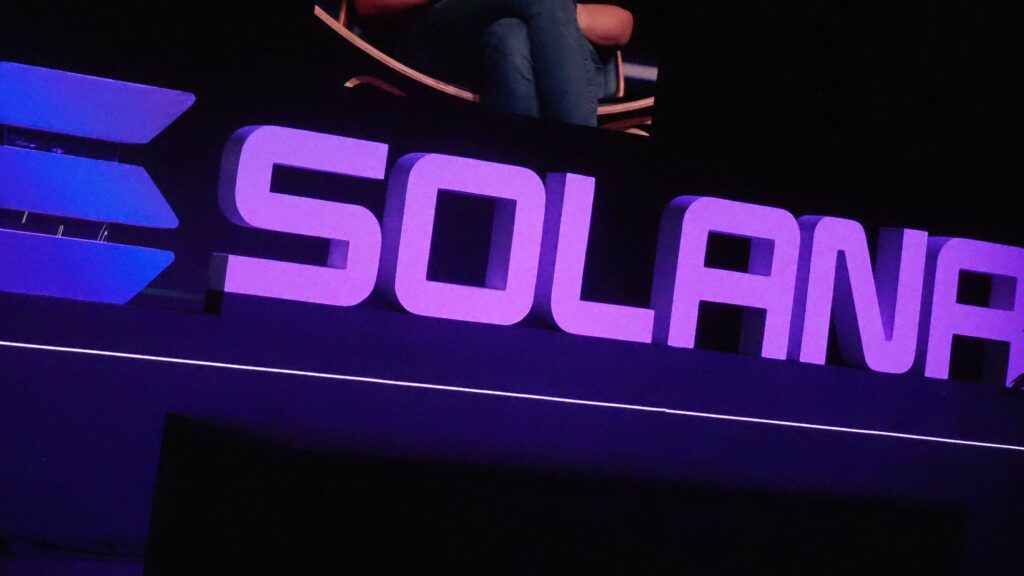Solana’s leadership is currently embroiled in a significant discussion about an economic reform that could enhance the attractiveness of SOL as an investment. However, there are concerns that this change might adversely affect smaller validators, who play a crucial role in maintaining the network’s decentralization.
Understanding the Inflation Debate
At the heart of this discussion is the issue of inflation. Economists generally agree that some level of inflation is unavoidable, and for proof-of-stake blockchains like Solana, it is a fundamental aspect of their design. The network generates new tokens to reward validators for their efforts in maintaining the blockchain, incentivizing them to perform the necessary and resource-intensive computational tasks.
However, many of Solana’s decision-makers argue that the rate of new SOL being minted is too high. The proposed solution, known as SIMD-0228, co-authored by a partner at the influential venture firm Multicoin Capital, suggests a market-driven approach that would reduce inflation from the current rate of 4.7% to approximately 1.5%, assuming staking rates remain constant.
The Potential Impact of SIMD-0228
This proposed adjustment could significantly limit the annual influx of new SOL into circulation, potentially benefiting SOL’s price by reducing the availability of tokens for validators and their stakers to earn and sell. Tushar Jain, a co-author of the proposal from Multicoin, argues that this change would also make Solana more appealing to traditional investors. During a February conference call, he emphasized that it would eliminate the “enormous opportunity cost” associated with investing in a theoretical Solana ETF, which would likely not offer staking rewards.
Support for the proposal is strong among prominent figures in the Solana community, including co-founder Anatoly Yakovenko, Helius CEO Mert Mumtaz, and several influential validators, particularly larger ones. They advocate for this change as a necessary step in Solana’s evolution.
Risks for Smaller Validators
Despite the backing from influential parties, altering Solana’s inflation policy could jeopardize smaller validators, who often operate on tight profit margins. Some proponents of SIMD-0228 acknowledge that the proposal could lead to the closure of 100 or more of Solana’s 1,300 validators. Jota, a small validator operator from Pine Stake, expressed concern that the outcome might result in the loss of over 25% of profitable validators.
Compounding these worries is another proposal, SIMD-123, which Jota fears will further strain smaller validators by altering the distribution of rewards between validators and their stakers. A significant reduction in the number of validators could invite allegations of centralization within the network. David Girder, head of liquid investments at Finality Capital Partners, estimates that the inflation changes could potentially eliminate as many as 250 validators, with a third of the overall validator pool at risk during a bear market.
Examining Solana’s Monetary Policy
Supporters of Solana view inflation as a price paid for security. Validators earn staked SOL from token holders seeking native yield, with greater stakes leading to higher rewards. The current staking rewards are set at 4.7%, with an annual 15% decrease until stabilizing at 1.5%. This structured reward system allows validators to plan their economic strategies effectively.
The SIMD-0228 proposal would replace this established model with a more adaptable “smarter curve.” According to veteran validator operator Brian Long, this new system would adjust the number of new SOL tokens issued each epoch based on the percentage of SOL’s total supply being staked. This means that if fewer tokens are staked, rewards would increase to attract more stakers, thereby boosting network security. Conversely, if a large number of tokens are already staked, rewards would decrease to reflect lower demand.
The Complexity of Decentralized Economics
Staking rewards are just one part of the revenue equation for validators. They also earn SOL from various fees and Jito tips, which tend to increase during network booms and decline during quieter periods. While some believe that the repercussions of SIMD-0228 on small validators will be more moderate—suggesting only 20-30 closures rather than the feared 200-300—there is still significant uncertainty.
“The more validators there are on the network, the greater the level of security,” remarked one validator, LakeStake, in a recent video discussing SIMD-0228. However, opponents argue that there isn’t enough data to justify the risk of losing a substantial number of validators.
Skeptics have managed to push for modifications to SIMD-0228, including a delay in its implementation following approval, allowing time to address the high voting fees that validators incur daily. Nevertheless, there are limits to how much preparation can mitigate the potential downsides for Solana’s validators. In a prolonged bear market, the economic viability of validators, particularly smaller operations, could diminish, leading to some going offline.
A Divided Community: The Future of Solana’s Decentralization
The lack of consensus on the potential impact of a decline in small-time validators complicates the debate. Many smaller validators are already significantly supported by the Solana Foundation, leading some, like Laine of Stakewiz, to argue that losing those heavily subsidized validators would not substantially affect decentralization.
The urgency of the situation has prompted various stakeholders to question the need for immediate action. Co-author Jain cautions against “analysis paralysis,” which he believes could hinder Solana’s growth and adaptability. He warns that organizations often fall victim to status quo bias, clinging to outdated practices simply because they have always been done that way. “This can become the death knell of the organization,” he cautions.
As Solana navigates this crucial juncture, the balance between inflation control and maintaining a diverse validator landscape remains a pivotal issue that will shape the network’s future.



